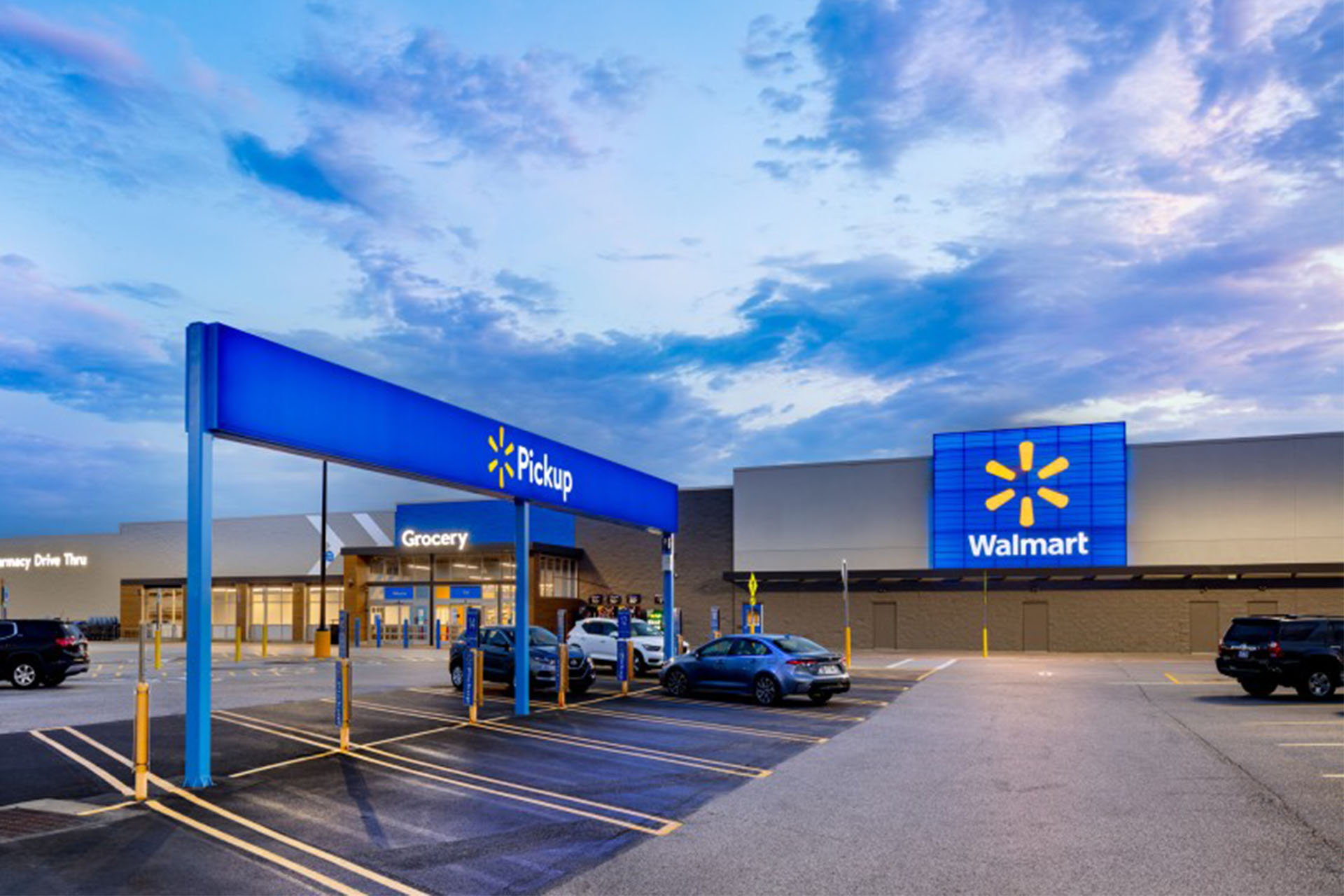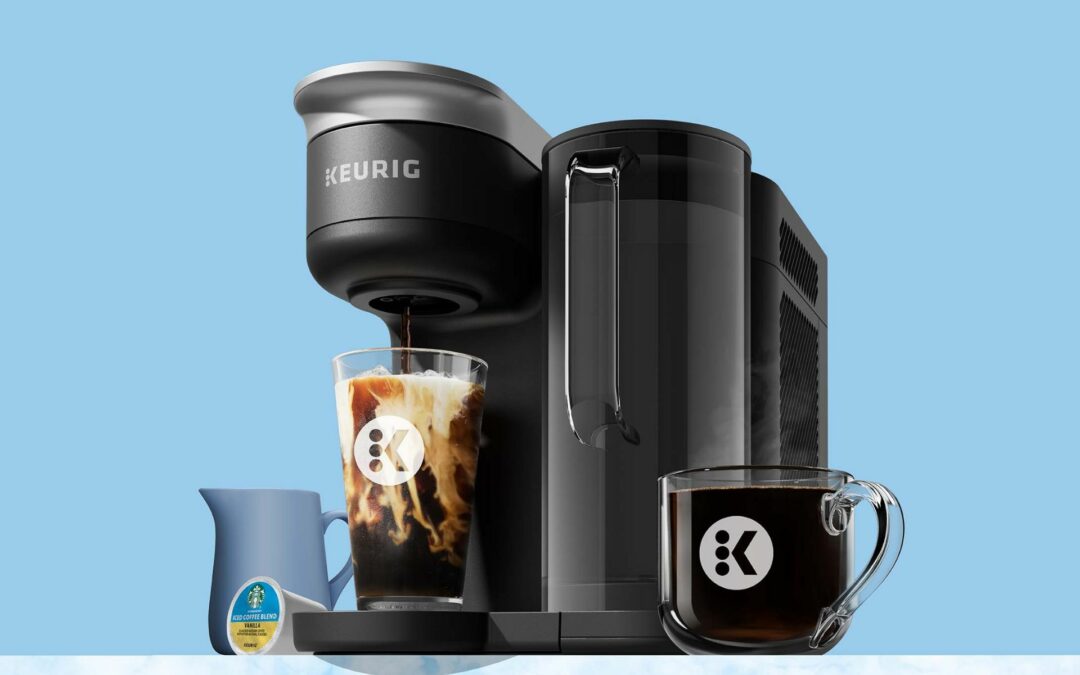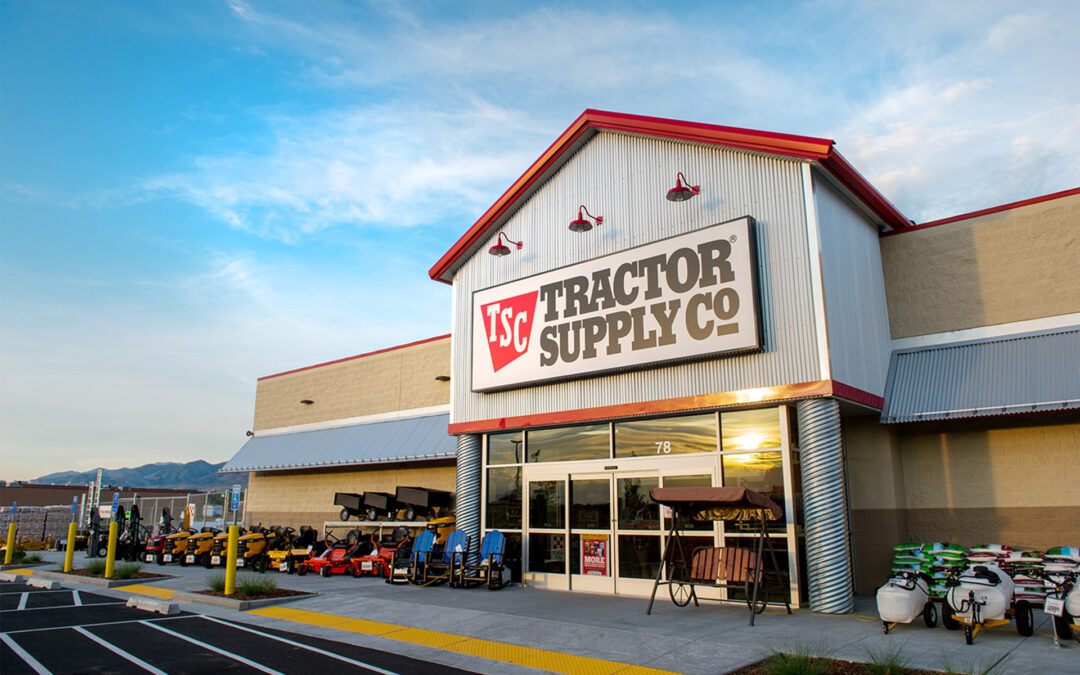In the National Retail Federation’s Monthly Economic Review, NRF chief economist Jack Kleinhenz stated that the economy is still growing but not as fast as it was earlier this year with some consumers demonstrating a continuing preference but not as strongly as they did a month ago.
The economy added 187,000 jobs in August, up from 157,000 in July but well below the average monthly increase of 271,000 over the past year, and the unemployment rate increased 0.3 points to 3.8% in August as more people entered the labor market looking for jobs. Wages and salaries grew only 0.4% month over month in July, less than the 0.6% increase that occurred in June.
Despite the weaker-than-average job gains, slower wage growth and higher unemployment, personal spending advanced 0.8% in July month over month, surpassing the 0.6% growth that occurred in June. With spending outpacing income growth, the U.S. savings rate dipped to 3.5% in July from 4.3% in June, the report indicated, which suggests that at least some consumers are digging into their finances to support household spending.
The Personal Consumption Expenditures Price Index, the measure of inflation that the U.S. Federal Reserve prefers in gauging the economy, grew 0.2% month over month in July for the second month in a row. Year-over-year, PCE increased 3.3% in July compared to June’s 3%.
Despite continuing inflation and reduced consumer confidence, retail sales as measured by NRF, which excludes automobile dealers, gasoline stations and restaurants to focus on core retail, rose 3.8% year over year in July. Sales got a midsummer boost from Amazon’s Prime Day, special deal days offered by other retailers and entertainment-related events. However, Kleinhenz said the number was higher than it might have been given comparison against soft sales at the same time in 2022.
Spending on services has been growing since restrictions associated with the COVID-19 pandemic ended and consumers returned to dining out, travel and entertainment. But it gained only 1.6% seasonally adjusted from the first quarter to the second quarter, down from 3% growth in the first quarter, according to the U.S. Census Bureau.
NRF forecast in March that 2023 retail sales would advance between 4% and 6% over 2022. Since then, however, the Fed’s interest rate increases have slowed the economy and “there is a good chance that sales will end up in the lower range of the forecast, if not lower,” Kleinhenz said, adding, “The U.S. economy continues to expand but recent data is signaling a slowdown in its momentum. The economy is slowing but not halting. Progress has been made in combating inflation, but higher prices remain. While consumers are still spending, the composition of their spending continues to favor services over retail goods and even then, there was less momentum going into the third quarter.”
In terms of shopper mindset, as summer wound down, Kleinhenz pointed out that consumer confidence ratings recently slipped.
“Consumer confidence took a bit of a hit in August as high prices and interest rates weighed on shoppers’ decisions,” he maintained.





